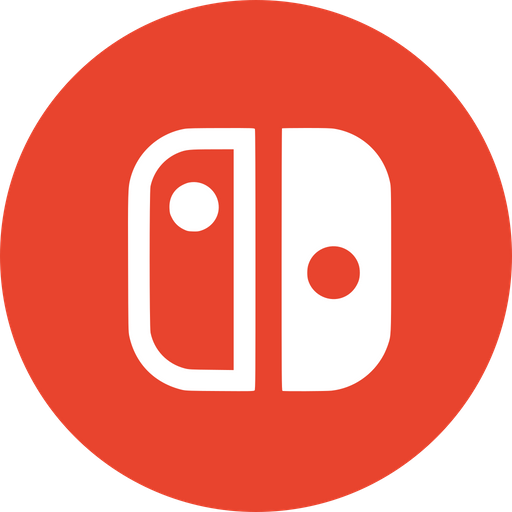

When compatible hardware is available, it’s expected that having packages built for RVA23 will have a big impact on performance. You can already see a big part of that with the vector (V) extension: running programs built without it is akin to using x86 programs without SSE or AVX. RVA23 is the first RVA profile that considers V mandatory rather than optional.
You might see a similar performance impact if you target something like RVA22+V instead of RVA23, but as far as I know the only hardware systems that’d benefit from that are the Spacemit ones (OPi RV2, BPI-F3, Jupiter) while that’d still leave behind VisionFive 2, Pioneer, P550/Megrez, and even an upcoming processor UltraRISC announced recently. The profiles aren’t exactly intended to be used for those kinds of fine-tuned combinations and it’s possible some of the other RVA23 extensions (Zvbb, Zicond, etc.) might have a substantial impact too.
Hardware vendors want to showcase their system having the best performance it can, so I expect Ubuntu’s aim is to have RVA23 builds ready before RVA23 hardware so that they’ll be the distro of choice for future hardware, even if that means abandoning all existing RISC-V users. imo it would’ve been better to maintain separate builds for RV64GC and RVA23 but I guess they just don’t care enough about existing RISC-V users to maintain two builds.







No custom ROM on a recent smartphone technically gives you a fully open source Android system when they rely on vendor-provided proprietary blobs in order for basic hardware functionality to work at all. Unless you want to go without a modem, GPS, and likely more depending on your model, at which point it’s functionally no longer a smartphone.
Open-source custom ROMs are at least far more open-source than the alternative in most of the ways that matter most, including the ability to change the code in order to remove app installation restrictions, to avoid Google’s telemetry, etc.